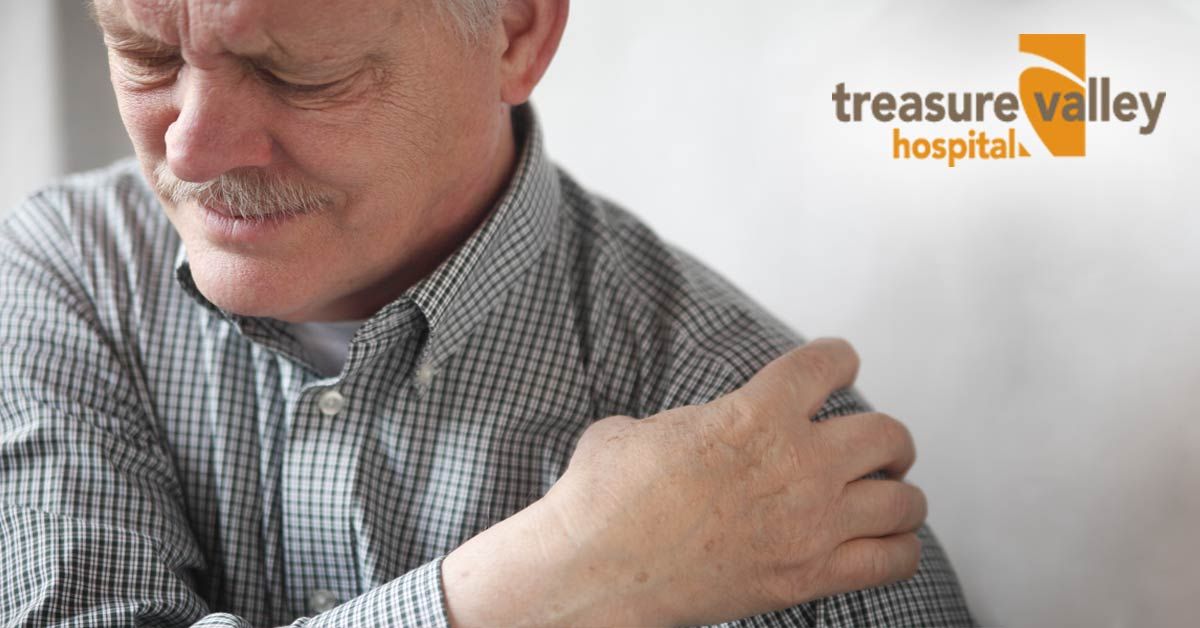
Analyzing the Shoulder: Function & Anatomy of the Labrum
The bones of the shoulder cannot be held in place without the labrum. A ring of rubbery tissue called fibrocartilage is attached to the edge of the shoulder socket, allowing the ball of the joint to be kept in place. Though the tissue is thick, the labrum is very susceptible to tearing if the shoulder joint experiences a trauma.
What Does it Do?
The shoulder socket is a shallow and unstable cavity. The cartilaginous labrum makes the socket deeper, creating space for the bones to move. The scapula, or 'wingbone', is surrounded by the labrum, allowing the bone of the upper arm (the humerus) to fit into the joint. The cuff of cartilage increases the surface area of the shoulder joint, enabling the range of motion for the arm.
Where Is It Located?
In anatomy and physiology, the term 'labrum' is used to refer to an edge or a brim. The labrum surrounding the shoulder socket is called the 'glenoid labrum'. It coats the surface of the socket area with soft cartilage, enabling the shoulder to move more freely and painlessly.
Causes
A labral tear occurs when the cartilage is torn. Tears typically result from an injury and are common among athletes. Chronic trauma to the area or strain through repetitive motions, such as pitching in baseball, can cause damage to the glenoid labrum. Sudden, violent jerking and pulling motions, such as when attempting to lift a heavy object, can also lead to injury. However, tears can also occur as part of the natural aging process as the strength and integrity of the cartilage begins to weaken.
Signs and Symptoms of Labral Tear
The symptoms and subsequent medical treatment depend entirely on the type and severity of the tear and are thus unique to the individual case and circumstances. Pain in the area, particularly when making an overhead or circular arm motion, is a strong indicator of a labral tear. The range of motion of the arm and shoulder decreases, as does the strength of the area. Those who have suffered this injury may also notice occasional pain during regular daily activities and at night.
Common Labral Tears
There are two common types of labral tears that occur in the shoulder: superior labrum from anterior to posterior (SLAP) and Bankart tears. As the name suggests, SLAP tears occur in the front of the arm, where the bicep connects to the shoulder. Bankart tears typically occur in cases of shoulder dislocation.
Diagnosis and Treatment
Medical professionals typically diagnose a labral tear using an X-ray or MRI. Treatment will depend on the severity and location of the tear, but doctors will typically suggest taking anti-inflammatory medication and allowing the area to rest. However, a surgical procedure, called an arthroscopy, may also be required for more severe cases. Recovering from a labral tear typically requires physical therapy exercises aimed at strengthening the rotator cuff, once healing has progressed and it isn't too uncomfortable to move the shoulder.
